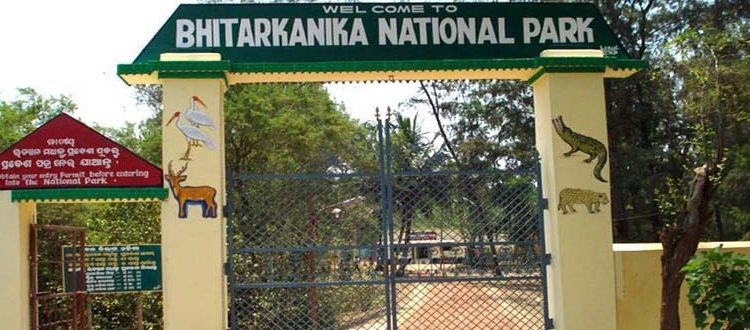Kendrapara: The Bhitarkanika National Park and adjoining wetland sites along the Mahanadi deltaic regions in Odisha have yet again emerged as a congenial home to mammals. This is despite a marginal drop in their population as per the latest headcount, a forest department official said Thursday. According to the latest headcount report released by the forest department, the enumerators have spotted nearly 8,000 mammals belonging to 16 species. The census figure stood at 8,105 last year.
However, the population of some mammals such as leopard cat (two), sambar (four), hare (seven) and hyena (10) was negligible. The diminishing population of these species is a matter of concern, the official said.
The mammals’ population continues to be quite substantial in the park due to adequate conservation measures besides vigil by an anti-poaching squad of the forest department, the Divisional Forest Officer, Bhitarkanika Mangrove (wildlife) Forest Division, Bikash Ranjan Dash, said.
Spotted deer, wild boars apart from monkeys formed a sizable chunk of the mammals’ population. These itinerant species which stray into nearby human settlements on the periphery of the park destroy crop and agriculture fields, triggering man-animal conflict, the senior official pointed out.
While 3,108 spotted deer were counted, the breakup population of other mammals stands at wild boar (1,811), rhesus macaque monkey (2,250), common langur (61), jackal (366), fishing cat (44), otter (144), jungle cat (17), mongoose (24), fox (10), porcupine (23), and Indian civet cat (13).
The forest department also conducts annual headcount of estuarine crocodiles, winter migrant avian species, and monsoon migrant water birds.
The counting of the number of Olive Ridley turtles, engaged in annual mass nesting at Gahirmatha beach, is also carried out.
The Gahirmatha Marine Sanctuary comes under the administrative jurisdiction of the national park, the official added.






































